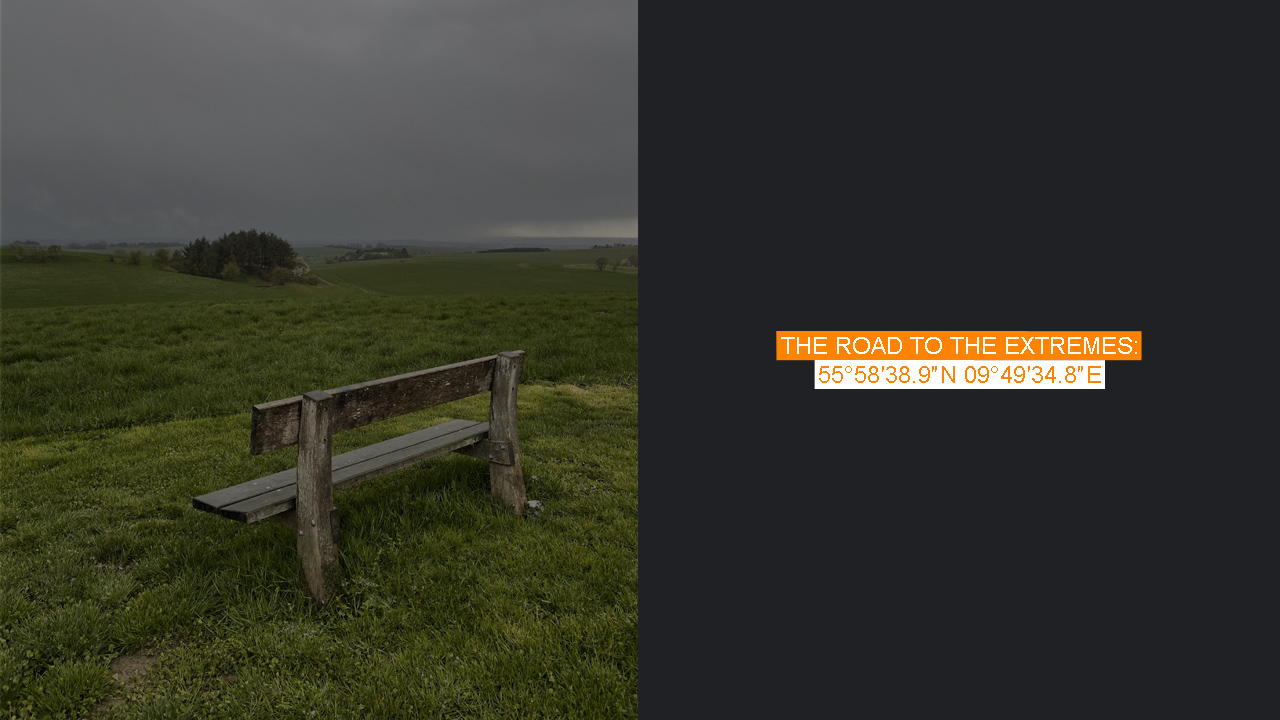Small snowflakes drift gently from the sky, adding a touch of winter magic to the landscape. Despite its modest height of just 171 meters above sea level, Møllehøj stands proudly as Denmark’s highest peak. The spring season seems to be in a fierce battle with a late cold snap—though it’s late April, the chill is undeniable, and both Helsinki and Stockholm are bracing for fresh snow in the coming days. Even here, atop Møllehøj, the cold is biting, reminding me that winter gear might have been the wiser choice.
I had always been curious about experiencing Denmark’s highest point. Known for its flat terrain, the country doesn’t exactly boast towering mountains or dramatic elevations. But standing here, beside a humble cow stable, gazing southward across the rolling hills, I could almost imagine being higher than I really was—such is the magic of this place.
Møllehøj is located just half an hour south of Århus, conveniently close to the E45 motorway, which runs vertically from north to south across Denmark. The parking area is at Ejer Bavnehøj, a historic 13-meter-high monument built in 1924 to commemorate the reunion of South Jutland with the rest of Denmark after World War I. Once a beacon site, it was used to light signal-fires to warn locals and military personnel of approaching enemies. Ejer Bavnehøj, at 170.35 meters above sea level, is Denmark’s third-highest natural point.
From there, it’s just a short, leisurely walk—only a few hundred meters west—to reach Møllehøj. Without the grandeur of a monument, Møllehøj doesn’t seek the limelight in quite the same way as Ejer Bavnehøj. But it has its own charm—a simple bench and a millstone, quietly marking the highest point of Denmark. Sometimes, that’s all you need.

